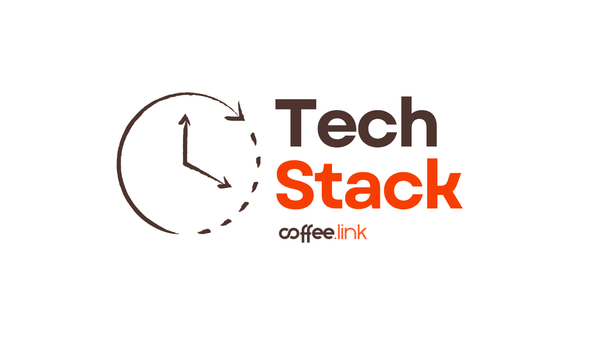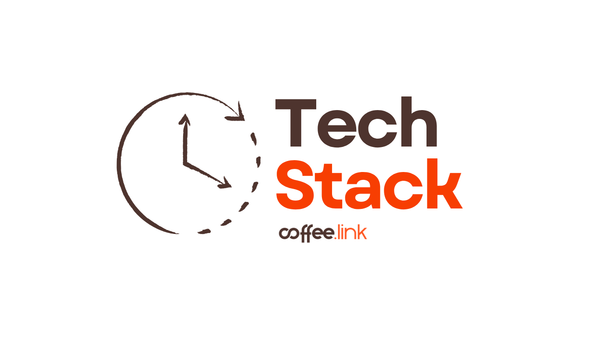For years, the software industry has been dominated by closed source, proprietary offerings from major technology vendors. From operating systems to productivity suites to enterprise applications, companies have relied on licensing these closed platforms and solutions. However, a major shift is underway as open source software continues gaining traction and market share. Here's why open source is poised to overtake closed, software-as-a-service (SaaS) offerings in the years ahead.
Accelerated Innovation
One of the core advantages of open source is the ability to harness the power of a massive, global community of developers. With many eyes on the code, bugs can be identified and fixed much more rapidly compared to closed source code that only a vendor's employees can see and modify. This community-driven development allows open source projects to innovate and accelerate at a blistering pace that closed source struggles to match.
Lower Costs
Companies pay dearly for proprietary SaaS subscriptions and licensing fees, especially at larger scales. Open source provides a free alternative, with costs limited to support, customization, and any cloud/infrastructure needs. This allows companies to reallocate spending to other areas like hiring talent or driving business initiatives.
No Vendor Lock-In
A major risk of proprietary SaaS is getting locked into a single vendor's technology stack and roadmap priorities. If a vendor changes pricing, licensing terms, or discontinues products/features, businesses are often forced to accept those terms or undergo expensive, complex migrations. With open source, companies maintain full control over the code and can continue using or modifying the software however they need.
Transparency and Trust
Closed source "black box" code raises security, privacy, and compliance concerns since there's no way to inspect or audit what's happening under the hood. Open source provides full transparency, allowing companies to verify there are no vulnerabilities or backdoors, and ensure regulatory requirements are met.
Customization and Integration
A shortcoming of SaaS platforms is their "one-size-fits-all" nature, offering limited customization or integration capabilities. Open source gives developers complete freedom to modify the software's functionality, create integrations, and tailor it to unique business needs and tech stacks.
While major technology vendors continue heavily pushing proprietary SaaS and cloud offerings, the rise of open source is undeniable. As companies prioritize innovation, cost reduction, flexibility, and transparency, it's open source that is best positioned to enable those goals in the coming years.








